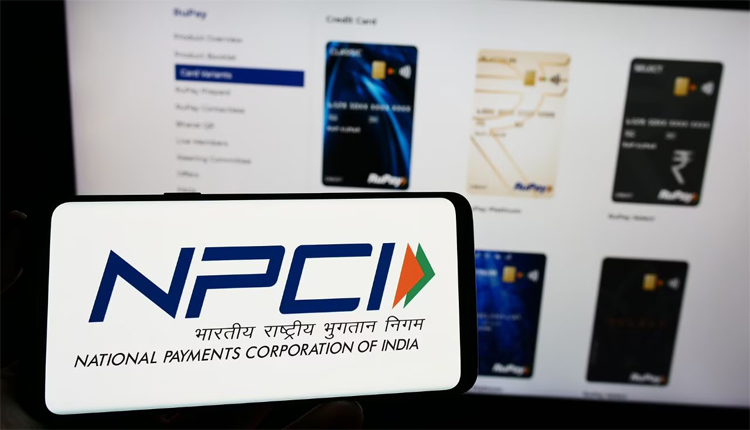New Delhi: In a transformative leap for India’s digital payments landscape, the National Payments Corporation of India (NPCI) has rolled out sweeping revisions to Unified Payments Interface (UPI) rules, effective Monday.
Users can now conduct daily payments up to ₹10 lakh through person-to-merchant (P2M) transactions, a fivefold surge from the previous ₹2 lakh cap, unlocking seamless high-value dealings in sectors like jewellery purchases and travel bookings.
This overhaul, announced last month, aims to bolster financial inclusion while curbing fraud risks through stringent merchant verification.
The changes primarily target P2M flows — where individuals pay merchants or service providers — leaving person-to-person (P2P) transfers untouched at ₹1 lakh per day.
Financial analysts laud UPI’s meteoric rise from a nascent platform in 2016 to handling over 18 billion transactions worth ₹24 lakh crore in June 2025 alone. This signals NPCI’s maturity, addressing bottlenecks for burgeoning e-commerce and investment activities, potentially injecting ₹5–7 lakh crore annually into formal digital channels by 2027, according to projections based on RBI data trends.
Diving into category-specific enhancements, jewellery buyers stand to gain immensely. The per-transaction ceiling jumps to ₹2 lakh from ₹1 lakh, with a daily aggregate of ₹6 lakh, enabling affluent shoppers to splurge on gold or diamonds without multiple splits — ideal amid festive seasons like Diwali, where UPI volumes spike 40%. Travel enthusiasts can now book flights or trains up to ₹5 lakh per transaction and ₹10 lakh daily, streamlining international getaways or bulk corporate ticketing that previously required credit cards or bank transfers.
Loan repayments and collections see a per-transaction limit of ₹5 lakh and a daily limit of ₹10 lakh, easing burdens for borrowers amid rising EMIs. Capital markets, including mutual funds and share investments, mirror this with ₹5 lakh per transaction and ₹10 lakh daily, democratising access for retail investors — think SIPs or quick equity buys during market rallies. Credit card bill payments get a per-transaction ₹5 lakh boost and daily ₹6 lakh, up from ₹2 lakh, while insurance premiums allow ₹5 lakh per transaction and ₹10 lakh daily, simplifying policy renewals. Digital account openings cap initial funding at ₹5 lakh per transaction, fostering neo-banking growth.
From an expert lens, these tweaks aren’t just numerical; they’re a strategic pivot. With UPI’s 60% market share in digital payments, the hike could slash transaction costs by 20–30% for merchants, based on analysis of past NPCI circulars.
Imagine innovative solutions such as AI-driven dynamic limits linked to user KYC levels or blockchain-based tamper-proof audits, which could potentially reduce fraud by 50%. Yet, challenges loom: banks may impose sub-limits based on risk policies, and unverified merchants remain capped. Compliance is mandatory for all UPI apps like PhonePe and Google Pay by Monday, with NPCI enforcing audits.
This evolution underscores UPI’s role as a global benchmark, outpacing systems like Brazil’s Pix. As adoption soars— projected to hit 25 billion monthly transactions by 2028— users must prioritise secure apps and two-factor authentication. For everyday Indians, it’s a game-changer: from funding dreams to settling dues, UPI now empowers without boundaries.



Comments are closed.